Planning the Fall Garden
Okiedawn OK Zone 7
16 years ago
Related Stories

FALL GARDENINGMake This Fall’s Garden the Best Ever
Learn the most important tip for preventing buyer’s remorse, plus get more valuable buying and planting advice
Full Story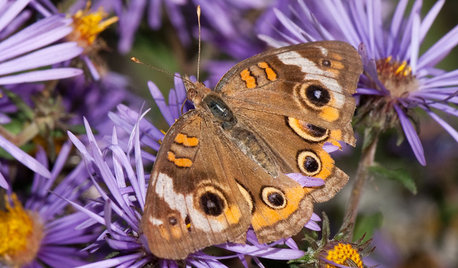
FALL GARDENINGGreat Design Plant: Symphyotrichum Novae-Angliae Ushers in Fall
With bold purple flowers easily accessible to pollinators, New England aster offers loads of interest in the autumn garden
Full Story
SHOP HOUZZShop Houzz: Everything You Need for Fall Gardening
Harvest your garden’s bounty and plan ahead for spring
Full Story0
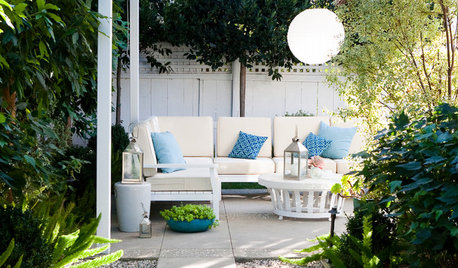
LIFEFall Planning for a Successful Big Spring Party
Get started now on assessing, completing home projects and cleaning to keep party stress and effort to a minimum come spring
Full Story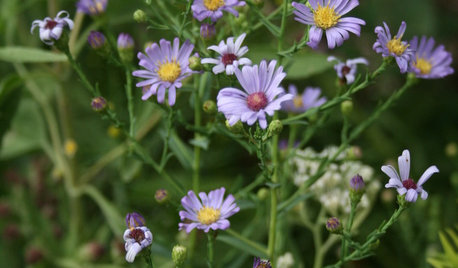
NATIVE PLANTSAutumn Joy: How to Get 3 Months of Fall Flowers
Enjoy blooms from September to November by mixing 6 asters native to different areas of the U.S.
Full Story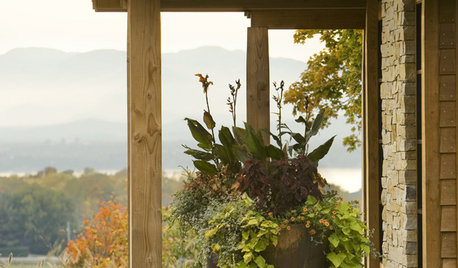
GARDENING GUIDESGrow a Beautiful Fall Garden in a Pot
Welcome autumn with 7 gorgeous plants that thrive in containers and enliven your porch or patio throughout the cooler season
Full Story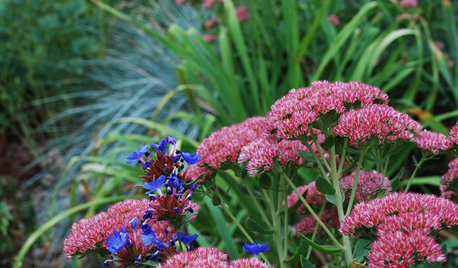
GARDENING GUIDESFall Is Calling: What to Do in Your October Garden
Get a jump on winter prep or just sit back and watch the leaves fall. The beauty of an autumn garden is in all the choices you have
Full Story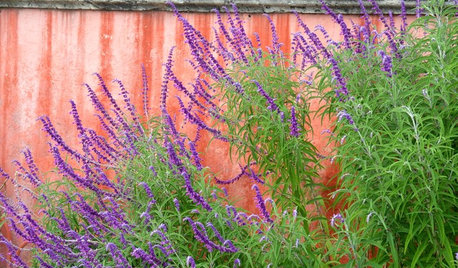
GARDENING GUIDES10 Plants for Colorful Fall Blooms in the Drought-Tolerant Garden
Want fall color but not a big water bill? Consider these not-too-thirsty fall bloomers
Full Story
FALL GARDENING5 Fall Fruits You Can Grow in Containers
Brighten your porch or patio with a potted pomegranate, kumquat, blueberry bush or another great fall fruit
Full Story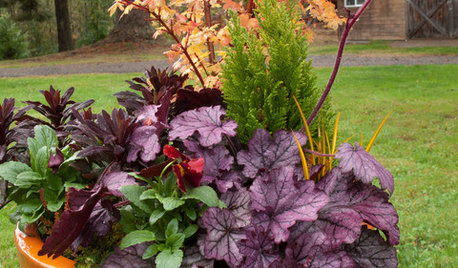
FALL AND THANKSGIVING5 Container Gardens for Fall, the Holidays and Beyond
Make planting easy with a single container, year-round plants and a sprinkling of simple seasonal accents
Full StorySponsored
Industry Leading Interior Designers & Decorators in Franklin County
More Discussions






droogie6655321
ozlifter
Related Professionals
Prairie Ridge Landscape Architects & Landscape Designers · Saint Matthews Landscape Architects & Landscape Designers · Zion Landscape Architects & Landscape Designers · Bainbridge Island Landscape Contractors · Bedford Heights Landscape Contractors · Boca Raton Landscape Contractors · Kaneohe Landscape Contractors · Mastic Beach Landscape Contractors · Milton Landscape Contractors · Munster Landscape Contractors · Pine Hills Landscape Contractors · Irvington Landscape Contractors · Alvin Decks, Patios & Outdoor Enclosures · Quincy Decks, Patios & Outdoor Enclosures · San Jose Decks, Patios & Outdoor Enclosuressheepie58
bizydiggin
Okiedawn OK Zone 7Original Author
singnfool
droogie6655321
sheepie58
Okiedawn OK Zone 7Original Author
hank1949
singnfool
Okiedawn OK Zone 7Original Author
hank1949
bizydiggin
Okiedawn OK Zone 7Original Author
susanlynne48
Okiedawn OK Zone 7Original Author
ozlifter
ilene_in_neok
Okiedawn OK Zone 7Original Author
ilene_in_neok
hank1949
Okiedawn OK Zone 7Original Author